A Complete Guide to Sustainable Design in 2022
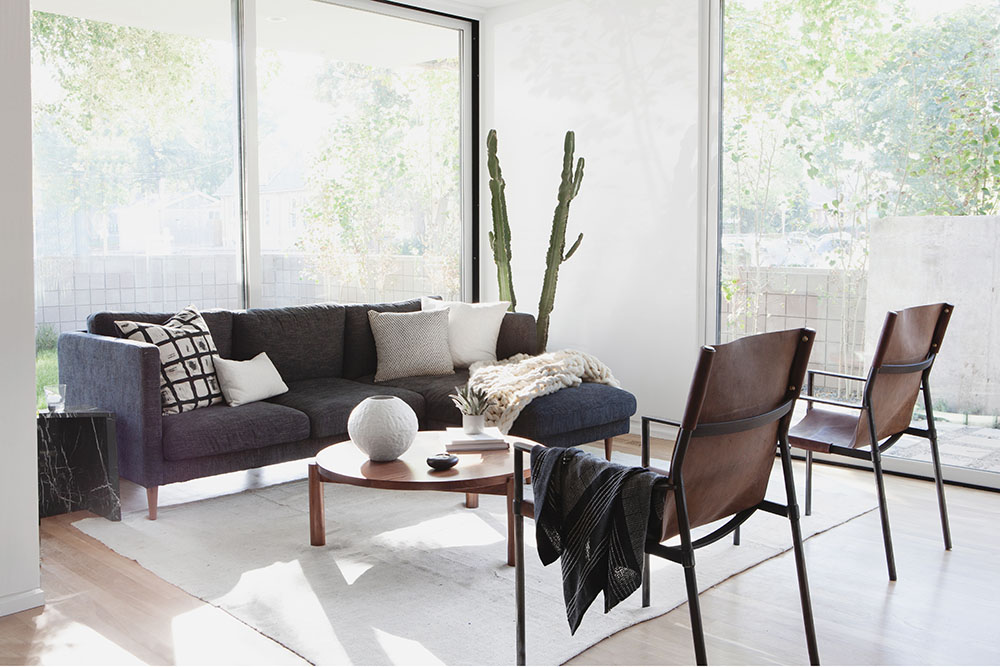
Sustainable design aims to reduce waste, conserve resources, and encourage human and ecological health.
In other words – it’s the way we should design, always.
Environmental, economic, and social justice are central to sustainable interior design, green architecture, landscaping & garden design, and sustainable product design. Also known as “eco design” or “environmentally-friendly design”, understanding its principles is crucial to addressing climate change in the 21st century.
Sustainable design is not a branch of design, but rather the framework in which all design should be practiced.
A sustainably designed home requires a holistic approach, and encompasses everything from how a house is designed and built to the location, selection, and maintenance of its yard and garden, the design and layout of its interior spaces, and the finishes, products, and materials used inside the home.
Sound daunting? Let’s break it down.
The 7 principles of sustainable interior design (as well as sustainable architecture, landscaping, and materials) strive to:
- Reduce waste
- Conserve and recycle water
- Use clean renewable energy
- Increase energy efficiency
- Conserve natural and manmade resources
- Minimize environmental impact
- Support human health & prosperity
Our posts contain affiliate links, which means we may earn a small commission when you click on the links at no additional cost to you. We only link to products we 100% believe in, and all opinions are our own. Read our full policy.
Sustainable Interior Design
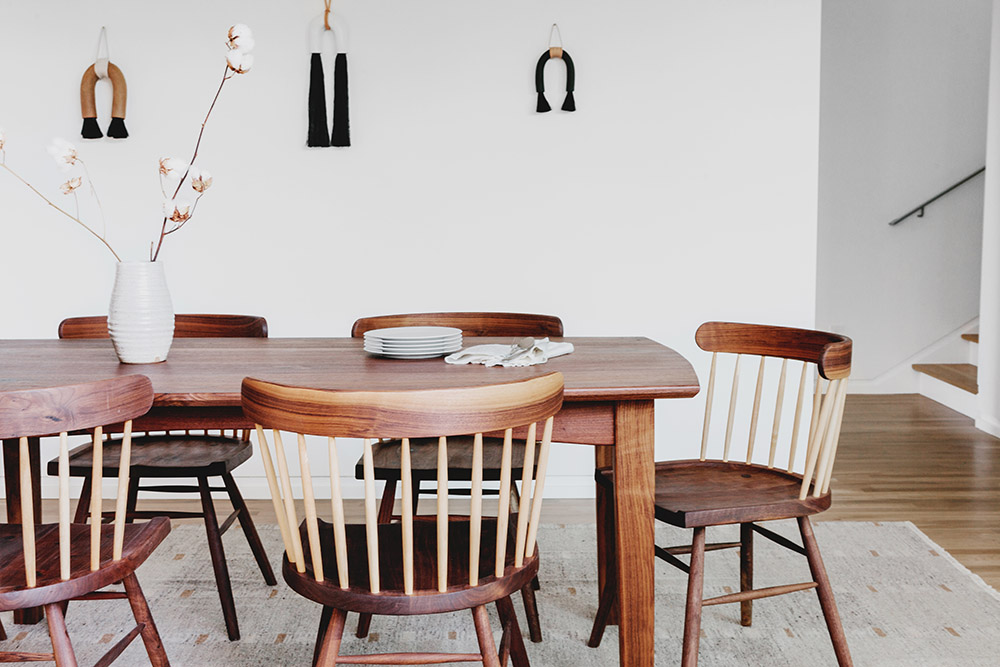
Sustainable interior design encompasses almost every aspect of a building’s interior, and interior designers should be familiar with sustainable architectural and building practices, product design, and material science in order to be successful.
As interior designers, sustainability is the question behind everything we do. When sourcing or specifying, we start with the lifecycle of each product and begin asking questions – what did it take to make it? How much waste was created? What raw materials were needed, and how were they extracted? How did that effect the local community, ecosystems, and individuals involved in those first steps? How far did it have to travel to be processed? What chemicals and materials were used to get the raw materials to a more useable state? etc.
The list goes on…until we get to the end – what happens when our clients are done with it?
Materials are only part of the equation, however. Sustainability should drive the design of the interior space – from layout to lighting and electrical.
Environmentally Sustainable Interior Design
When it comes to energy and water efficiency, designers should source EPA-approved appliances, fixtures, and fittings that conform to national standards, such as Energy Star and WaterSense. But having more efficient appliances is not just the answer – reducing the number of appliances and their size is always the first step.
Other design principles, such as increasing natural light where possible (especially when working with an architect) and using lighter interior paint colors reduce a building’s dependence on artificial light, and therefore overall energy use.
Although interior designers have less control over the building envelope, they can increase efficiency in a home through flooring and finish choices and especially on smaller or team projects, encourage the use of natural building materials such as wool or denim insulation.
Environmentally conscious interior design should always ensure human health.
This concern focuses on areas such as material toxicity (such as NAUF wood products, low VOC paints, finishes, and carpeting, and Red List Free materials) which not only affects the indoor air quality of a building (read: what you and your family breathe in) but also the health of the people involved in the extraction, processing, manufacturing, transportation, and installation of those materials.
Additionally, the theory of Biophilic Design (humans’ connection to the natural environment) can be applied to encourage human health – which has been scientifically proven to reduce stress, shorten hospital stays, increase physical activity, and reduce asthma and mortality rates.
Equally important in sustainable design is the health of our planet and its ecosystems.
We are nothing without our planet and all its living things – therefore, the utmost care should be taken when designing to consider the effect of each design decision on the environment – both locally (a new building site, for instance) and globally (along the supply chain, for products used).
Economic and Socially Sustainable Interior Design
Equally important when it comes to green interior design is economic and social responsibility. Socially responsible design requires that sustainable interiors and the products within them benefit not just clients or customers, but society as a whole.
This means taking into consideration how each product and material affects people throughout its lifecycle – from the men and women extracting and processing the raw materials, creating or manufacturing the product, selling it, installing it, using the designed space, and finally to those responsible for deconstructing, recycling, or disposing of the material or building.
In commercial, retail, and hospitality design the principle of social sustainability extends to security, equity, accessibility of a building’s interiors.
Economically sustainable interior design is closely related to these social aspects, and can refer to ensuring the vendors and suppliers a designer uses adequately provide for and support their employees through salaries and benefits, to using overseas products that are Fair Trade Certified.
Sustainable Architecture and Building Design
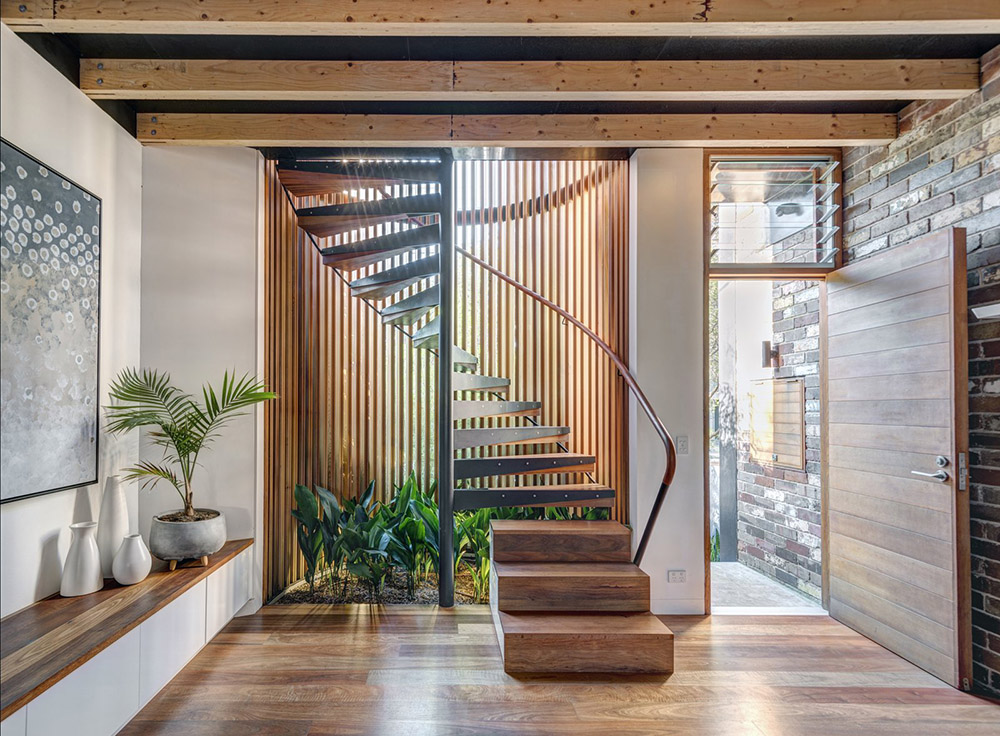
The field of architecture is well ahead of that of interior design when it comes to sustainability. The US Green Building Council and the AIA have been working towards a more sustainable built environment for decades, most recently with the latter’s 2030 Challenge.
In this field, sustainability is approached using a quantitative method focused on data.
Building Information Modeling (BIM) is frequently used to examine a structure’s energy use, embodied carbon, and environmental impact and/or to conduct a Lifecycle Analysis (LCA).
Sustainable Architecture Certifications
There are several Green certification programs in architecture, which are more often applied to government, commercial, retail, and hospitality buildings. The the most popular of these are:
LEED
Founded by the USGBC, the LEED certification program focuses on energy, water, and resource efficiency and conservation through design, construction, operation, and performance.
In recent years it has been revised to include social sustainability and materials toxicity concerns.
WELL Building Standard
Healthy buildings are the main concern of the International WELL Building Institute, which began its certification program as recently as 2014.
The WELL Standard focuses on human health and wellness, rather than environmental sustainability, and relies heavily on Biophilic Design.
Living Building Challenge
The most all-encompassing and rigorous sustainability certification program, the Living Building Challenge goes beyond sustainable design to creating regenerative buildings.
Certified buildings are self-sufficient (they do not rely on public energy, water, or mechanical systems) and create measurably positive impacts on humans and the environment, rather than simply avoiding negative ones.
Sustainable Residential Architecture
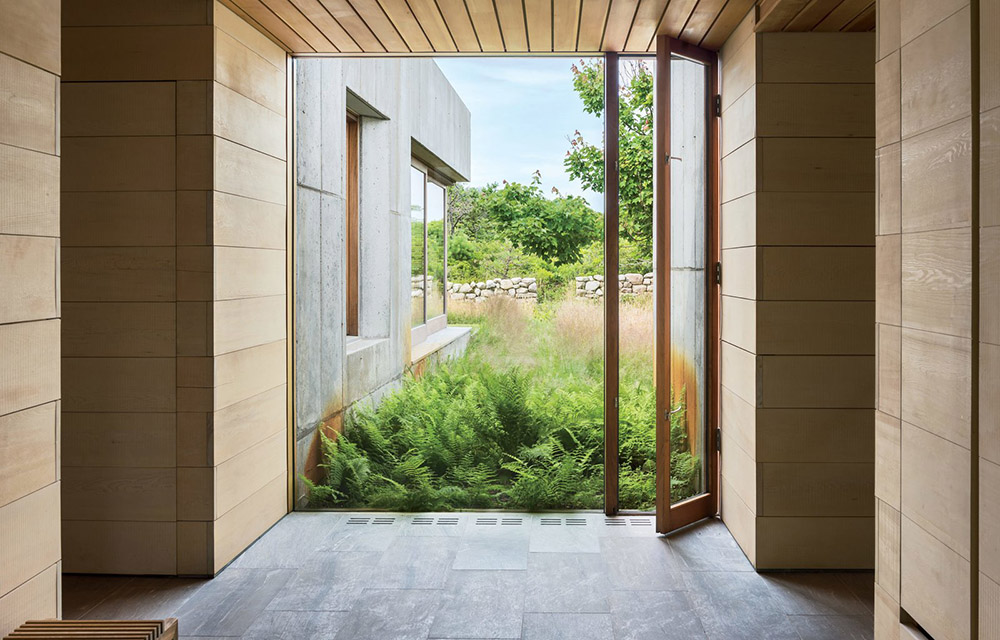
These intensive, time-consuming standards – though incredibly beneficial – are often not practical when it comes to designing a residential home where timelines are shorter and budgets are smaller.
Examples of sustainable residential architecture include:
- Passive Solar Design, which makes use of the sun, the building site and materials, and the local climate to reduce energy consumption.
- Zero Energy Building, which creates regular grid-tied homes (as opposed to off-grid) which produce as much renewable energy as they consume.
- Zero Energy Ready Homes, built (or remodeled) to the same energy efficiency standards as Zero Energy homes but without the solar panels needed to produce their own energy.
- Off-grid Homes, self-sufficient homes not connected to utilities (power, water, gas, etc.).
- Prefab Homes, houses that are built in sections in a factory and then assembled onsite. Prefab homes create less waste because they are built repeatedly and in a tightly controlled, efficient indoor environment.
- Tiny Houses, which use less resources to build and less energy to heat, cool, and power.
Sustainable Landscaping and Garden Design, or Xeriscaping

Though worlds apart from architecture and interior design, landscaping and garden design are integral components when it comes both to private homes as well as public buildings.
The most sustainable form of landscaping is xeriscaping, which creates a garden or yard that does not need supplemental water or irrigation.
Typical xeriscaped areas are planted with native plants that have evolved to accommodate their particular climate, and therefore can also be grown without the need for artificial fertilizers and insecticides.
Additionally, native plants pose no risk of becoming invasive like other non-natives.
Sustainable Product Design

Designing a sustainable product requires taking a look at its environmental, economic, and social impact along its entire lifecycle, from cradle to grave, including:
- Raw material extraction, production, and/or processing
- Manufacturing
- Transportation
- Use Phase, and
- End of Life
This in-depth look at sustainable product design was developed by German chemist Michael Braungart and American architect William McDonough, who challenged manufacturers to eliminate waste in order to create a closed-loop cycle where resources are continuously reused and remade into products.
The duo founded the Cradle to Cradle Products Innovation Institute, which now runs the Cradle to Cradle Certified program. In addition to the certification’s material reutilization requirement, material health, renewable energy, water stewardship, and social fairness are equally examined.
Although Cradle-to Cradle is the gold standard for sustainable products, the same principles can be adopted by any company wishing to improve its environmental impact by doing the following:
Improve Material Health and Eliminate Toxicity
Sustainable products do not harm human, animal, or planetary health and are safe to create, use, and dispose of.
Health Product Declarations (HPDs) and Declare Labels provide vital information to consumers about the comparative health and safety of a company’s products.
Reduce Waste
Inherent to the concept of sustainability is the elimination of waste – after all, in nature there is no such thing.
Sustainable products should not become waste, nor should their manufacturing create waste.
Instead, companies should eliminate, recycle, or repurpose post-industrial waste, recycle and/or clean any water or other resources required to produce their products, and ensure their product is part of a circular economy in which it can be easily and safely repurposed, recycled, or returned to the Earth.
Use Renewable Energy
Relying on clean, renewable energy sources reduces the impact of the greenhouse gases that are creating climate change.
Limit Environmental Impact
The embodied carbon, also known as the carbon footprint, of a product is a measure of the greenhouse gases released into the atmosphere by its creation, transportation, and use. Sustainable products have low embodied carbon.
Environmental Product Declarations (EPDs) provide a quantitative, verifiable, and comprehensive look at a product’s environmental impact.
Demand Social Justice
Sustainable products benefit not only the companies that sell them, but all the people involved in their creation.
Sustainable Design Certifications
In the world of sustainable design, there are innumerable certifications to declare a product, building, or business as “Green”. We’ll help you navigate the most common:
For more product certifications, sustainable business certifications, and professional certifications in sustainable design, read the full list here.
Unless otherwise noted, photography from KonMari.com.

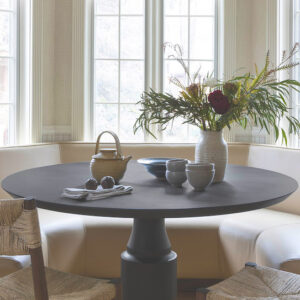
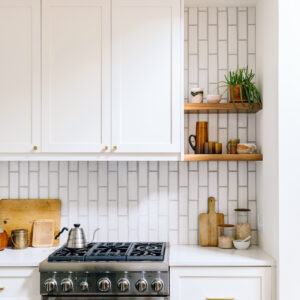


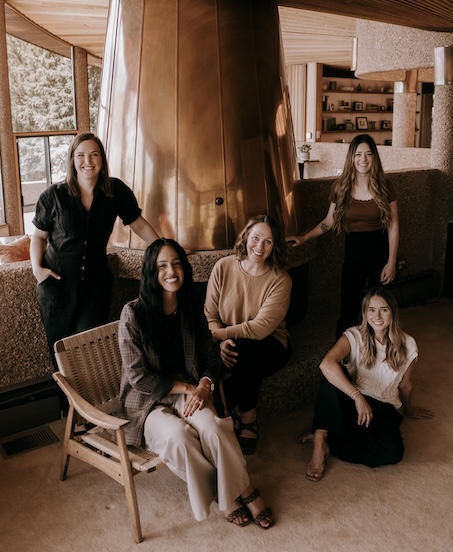





Alicia Fiers
| 1 October 2020Hello! I’m an interior designer new to CO, and I was wondering if your team is hiring in the Denver area?
Anna Smith
| 3 October 2020Hi Alicia – we’ll get back to you via email!